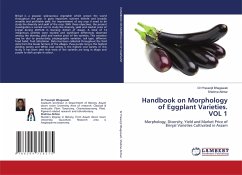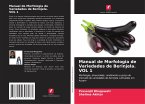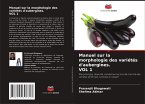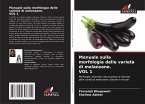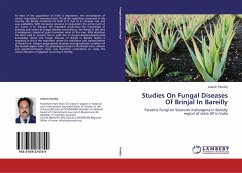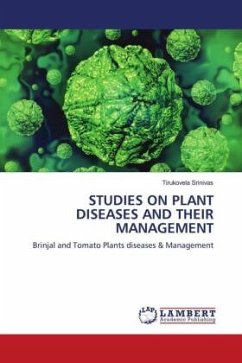Brinjal is a popular solanaceous vegetable which grown the world throughout the year. It gives important nutrient benefit and broadly versatile and profitable yield. For improvement of any crop it need to be study the diversity and yield of the crop. With these objectives, the present investigation is carried out to study the diversity, yield and market price of brinjal during 2019-20 in Darrang district of Assam. A total of 14 indigenous varieties were studied and significant differences observed among the diversity, yield and market price of the varieties. This variation may be due to productivity, physiographic variation, soil type, different food habit, fruit infestation. Data has been collected throughout the field visits from the locale farmers of the villages. Pusa purple long is the highest yielding variety and White oval variety is the highest cost variety. In this study, it has been seen that most of the varieties are long in shape and purple to dark purple in colour.

